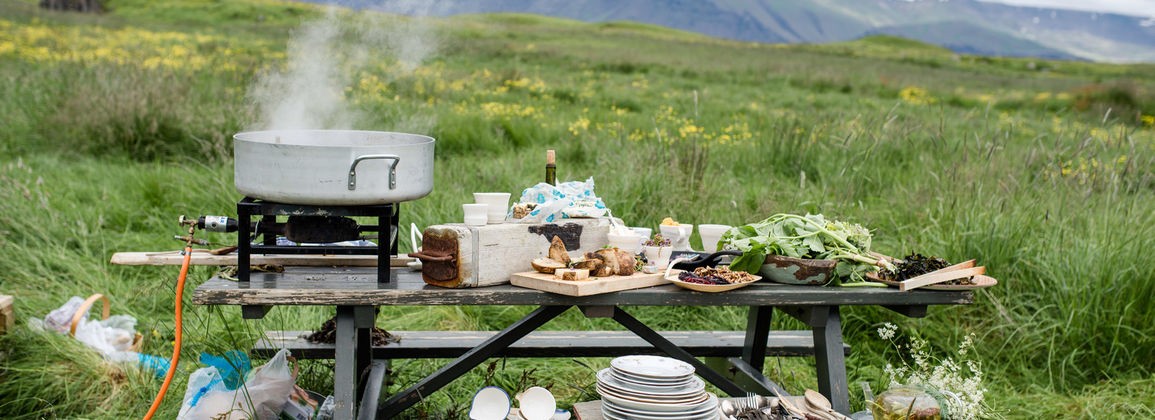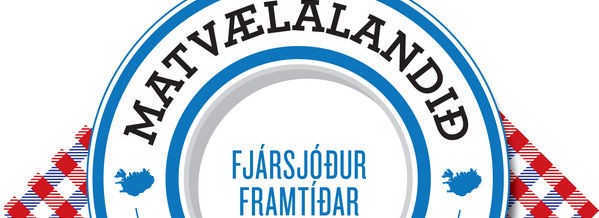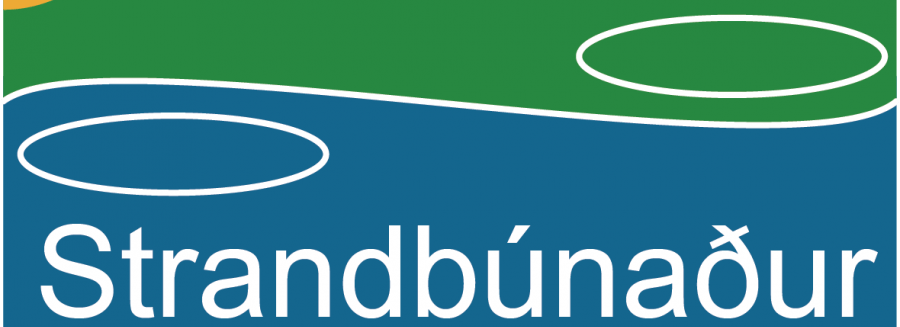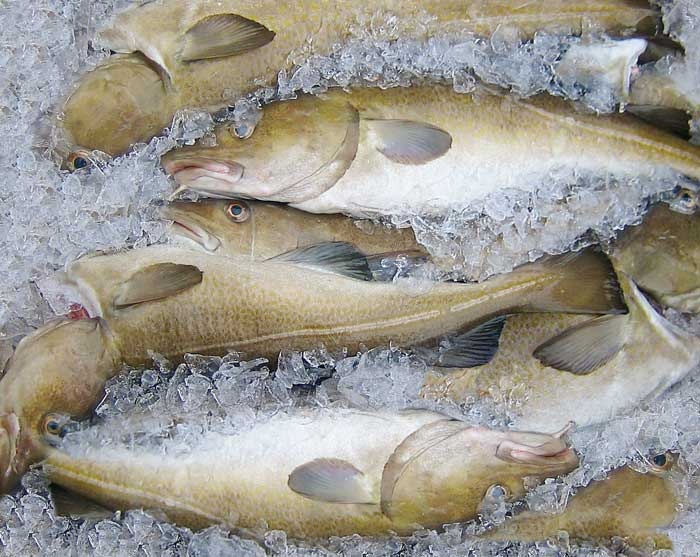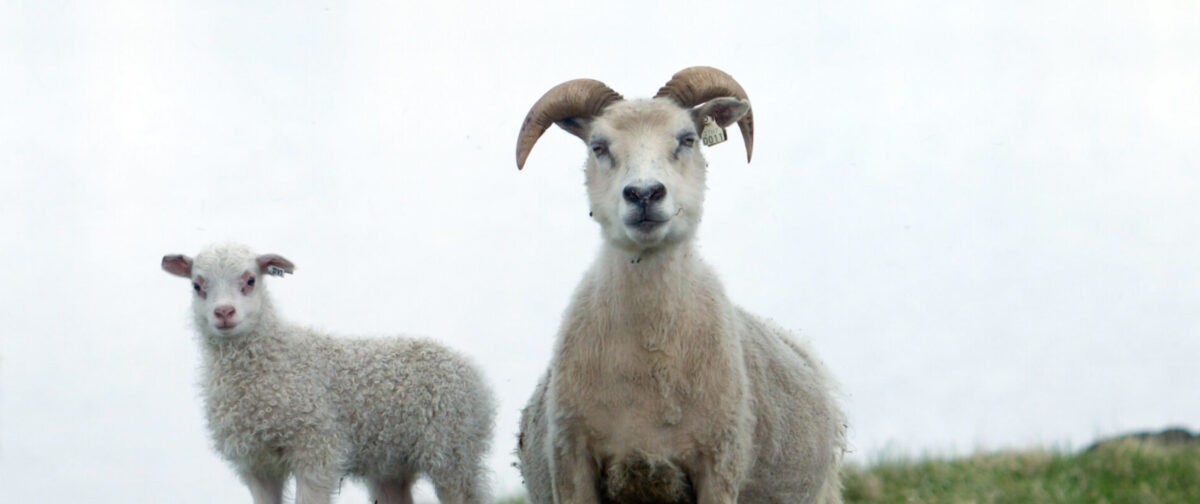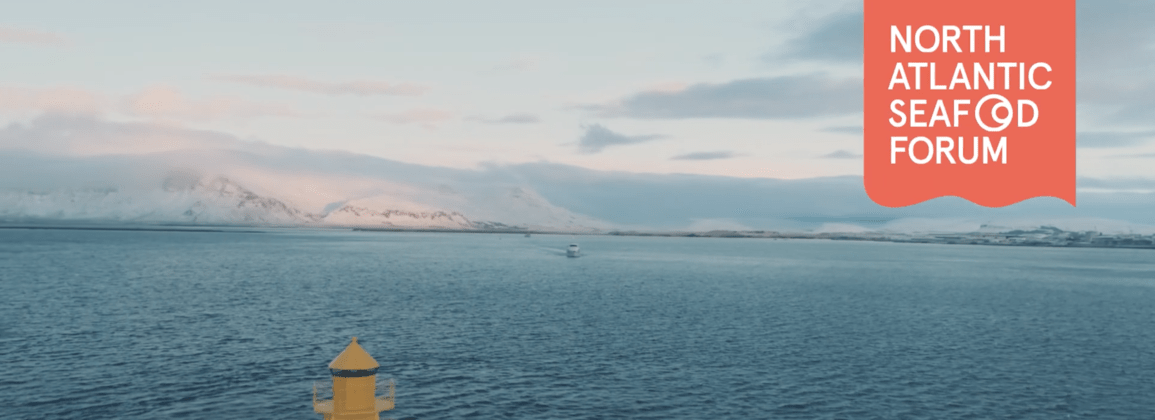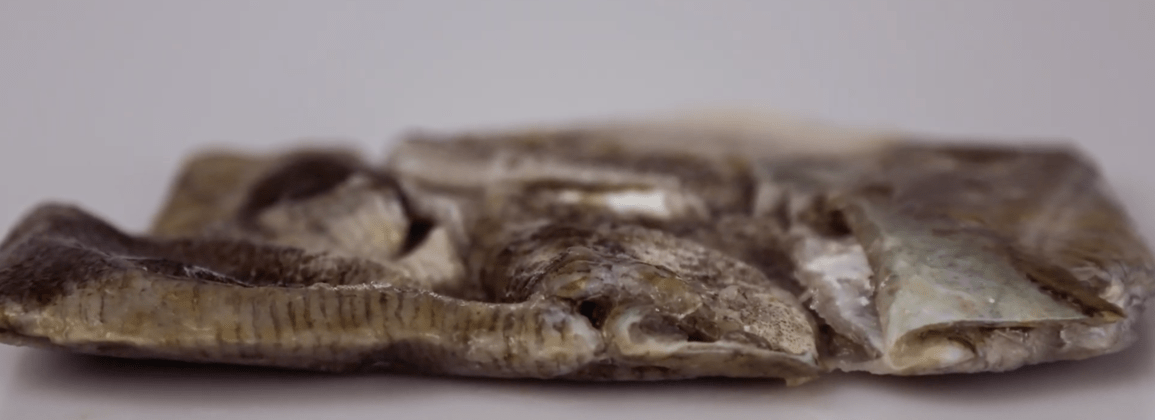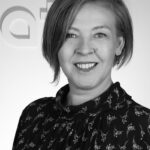Contact
Jónas Rúnar Viðarsson
Director of the Division of Research & Innovation
jonas@matis.is
Jónas R. Viðarsson at Matís says in an interview with Fish news published on March 7, that he believes it is clear that in the end, electronic surveillance of cameras will be the only thing that is enough to prevent discards of fish in the European Fleet.
Four years ago, the European Union approved a ban on discards. Around the same time, it was decided to get a group of professionals to develop methods, acquire knowledge and develop technology to reduce discards in the hope that it could be gradually eliminated. This project, which was named DiscardLess, now finished in February after four years of work.
"This project will be created in connection with the discard ban that is being implemented in Europe," says Jónas R. Viðarsson, professional leader at Matís. "The ban was to be implemented slowly from 2016 until January 1, 2019."
Jónas is a representative of one of four Icelandic companies that participated in the DiscardLess project. In addition to Matís, Marel, Hampiðjan and SkipaSýn participated, as well as a subsidiary of SkipaSýn in Poland.
Nothing has changed
Jónas says that the European Union's ban on dumping has in fact fallen through. The goals have not been achieved. Instead of legal discarding, which was previously authorized up to a certain point but with a registration obligation, there is presumably an illegal discarding where nothing is registered and therefore nothing is known about its scope anymore.
"Nothing has changed," says Jónas. "It is not an undesirable force to come ashore now, which presumably means that what was registered discards is just illegal discards today. The authorities have really decided to put only the binoculars in front of the blind eye. ”In reality, they can do little else about what has happened.
"The only reality is that while fishermen are opposed to the ban and the control is not better, there is a discard. The big conclusion is that this is not working. They have been implementing this for four years and there is very little that is coming out of this, "says Jónas.
Numerous solutions
Nevertheless, the DiscardLess project has produced a number of suggestions and solutions that should be able to help reduce discards. On the one hand, they aim to avoid catching unwanted catches and, on the other hand, to extract valuables from the catches that cannot be avoided.
Most of these ideas, however, seem to be difficult to implement, as the situation is very different from what we know here.
"There is always a snag on them somewhere. Some things are difficult, or seem to be, financially viable. We came up with, among other things, three-dimensional drawings of boats and ships, and calculators that should be able to show that this is worth the cost, but the company is very adamant that this is not possible. As long as people get away with continuing discards, this is difficult. "
Chile at the forefront
He says that hopes are mostly limited to electronic surveillance and cameras. A lot of work is put into developing this and the cost should not really be too much for anyone. Denmark has shown considerable ambition to be at the forefront when it comes to the development of electronic surveillance, but this development has probably come a long way in Chile.
"It simply came to our notice then. All vessels over 15 meters engaged in commercial fishing should be subject to camera surveillance.
They have this so that a private company takes over the supervision. They take samples where up to 10% of the recordings are viewed and the state pays the cost. If, on the other hand, there is something in the samples that needs to be examined more closely, then the companies will have to start paying. "
Jónas says that he sees nothing but that electronic surveillance will in the end be the only thing that will finally prevent discards within the European fleet, and this probably also applies in this country.
"There is so little coverage otherwise and the cost of other solutions is also far too high. The cameras also have a deterrent effect and the cost is not that high. ”As an example of the cost of setting up and operating a camera system, Denmark has calculated that the average investment cost of equipment is around EUR 8,000 (ISK 1.1 million) per vessel and that operating cost per year is about 4 thousand EUR (550 thousand ISK) based on looking at about 10% of all sources. For these calculations, the cost was analyzed for 396 vessels and the aforementioned amounts are averaged.
The data is missing
As far as the situation in this country is concerned, a lot of work has been put into fully utilizing the catch, which has yielded more value. The quota system and the possibility of transferring catch quotas have also created flexibility in fishing. Whether this has resulted in less discards, however, is not easy to confirm with statistical data.
"Most of us think that this is in a pretty good condition in this country compared to others, but we have nothing to back it up per se. As the National Audit Office's report shows, our supervision is not good enough. The only thing you can do is try to get a feel for it. "
For years, Jónas has talked to a number of people about discards, both in this country and elsewhere, and read most of what has been written about it in print. In an interview with Fiskifréttir in the autumn of 2017, he stated that fishermen were generally opposed to discards. That would actually be a long story short.
"After this interview appeared, I started getting quite a few phone calls as people were telling me a completely different story. They claimed that there was a significant amount of discarding going on, while the main drought that one hears in one still told one that discarding is not or at a minimum. "
Immediately afterwards, Kveikur came with his detailed discussion of discards, where an ugly picture was drawn.
"These pictures we saw in Kveik were absolutely horrible, and then you even hear stories that people are unloading the bag on deck, straight into the sea, if people do not describe the catch. Others, and in fact most, still claim with one person that the only discard is just some tits that do not take care of it. The only problem is that we need data. Then of course you can ask how much is a lot? "

